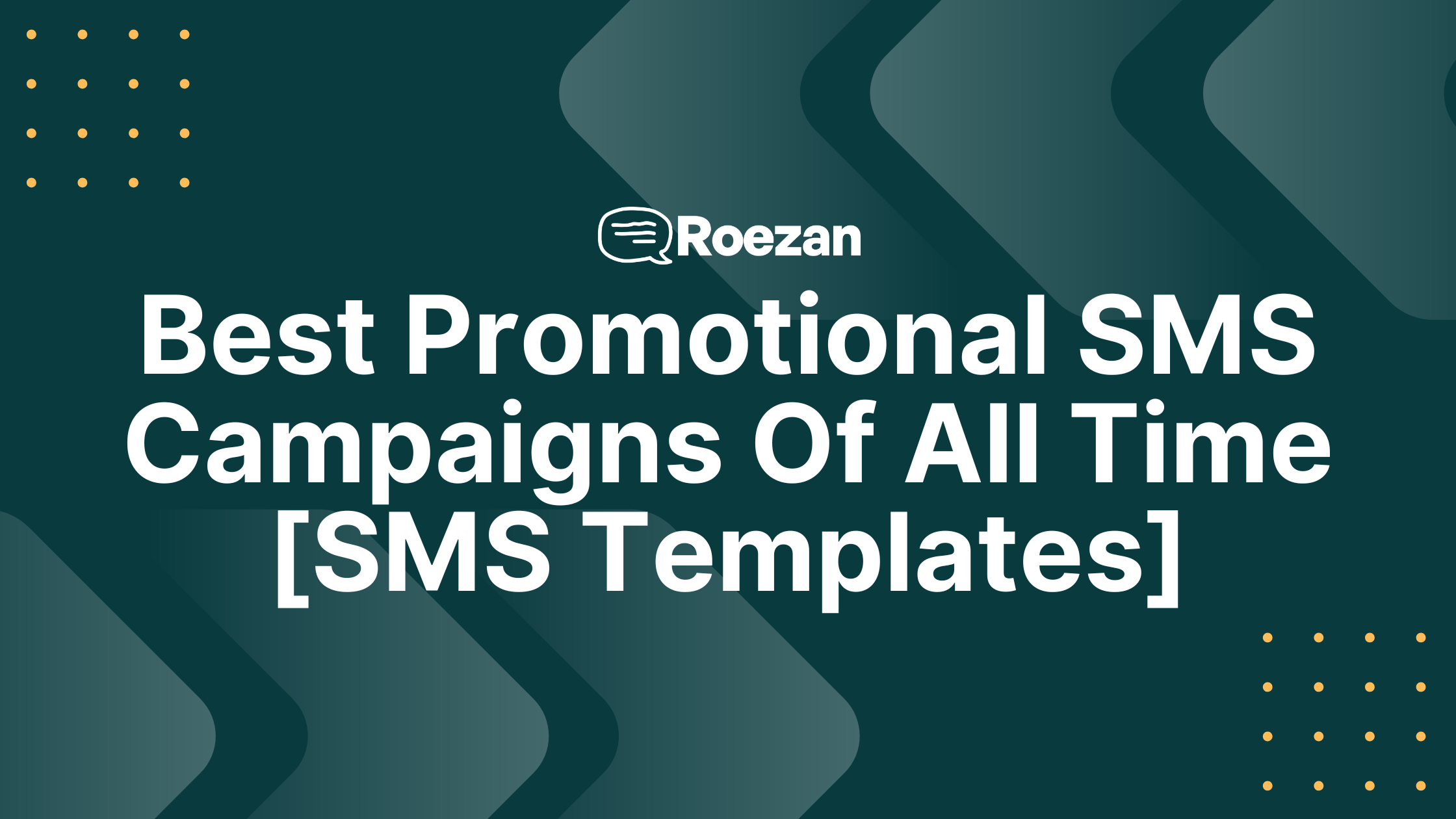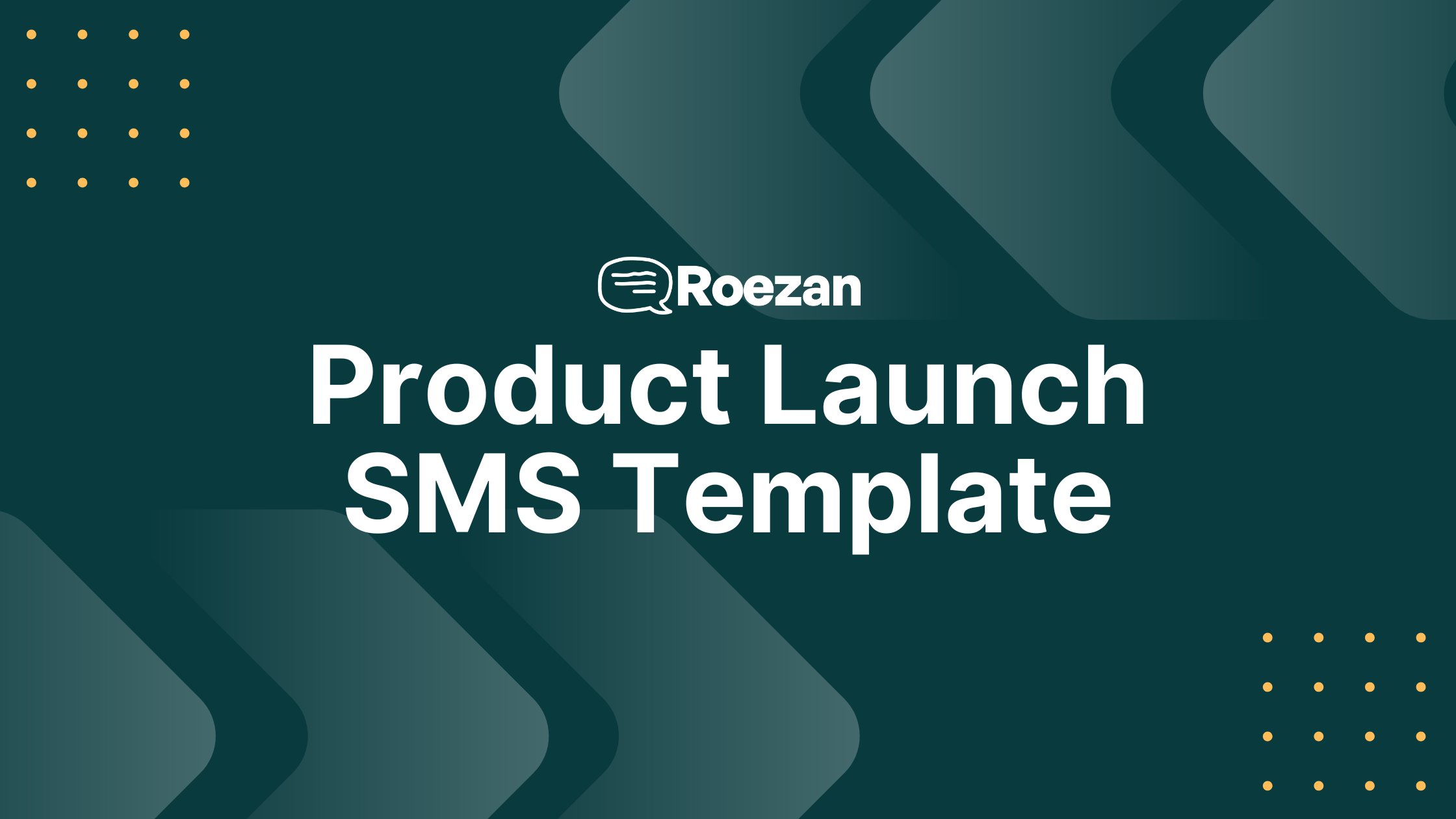SMS marketing has proven to be one of the most effective digital marketing channels, with an open rate of 98%, compared to email marketing's open rate of around 20%. However, just like any marketing strategy, the key to success lies in reaching the right audience with the right message. This is where segmentation comes in.
What is segmentation?
Segmentation is the process of dividing a large target audience into smaller, more manageable groups or segments based on certain characteristics such as demographics, behavior, preferences, and so on. The aim of segmentation is to create specific messages and offers that will resonate with each segment, increasing the chances of conversion and engagement.
Why is segmentation important in SMS marketing?
Segmentation is crucial in SMS marketing because it allows you to tailor your messages to specific groups based on their interests, behavior, location, and other criteria. This makes your messages more relevant and personalized, which in turn increases the chances of engagement, conversion, and loyalty.
By segmenting your SMS subscribers, you can send targeted messages that are more likely to resonate with each group, and avoid sending generic messages that are likely to be ignored or deleted.
How to segment your SMS subscribers
There are several ways to segment your SMS subscribers, depending on your business type, goals, and audience. Here are some of the most common segmentation criteria:
Demographics
This segment divides your subscribers based on age, gender, location, income, and other demographic factors. This is useful if you want to target specific demographics with tailored messages and offers.
Behavior
This segment divides your subscribers based on their behavior, such as purchase history, frequency of engagement, and preferred channels. This is useful if you want to target subscribers who are most likely to convert or engage with your messages.
Preferences
This segment divides your subscribers based on their preferences, such as interests, hobbies, and lifestyle. This is useful if you want to target subscribers who share similar interests and preferences with specific messages and offers.
Location
This segment divides your subscribers based on their location, such as city, state, or country. This is useful if you want to send location-specific messages and offers, such as promotions, discounts, or events.
Benefits of segmentation
Segmentation offers several benefits for SMS marketing, including:
Increased relevance: Segmenting your subscribers allows you to send more relevant messages and offers based on their characteristics, increasing the chances of conversion and engagement.
Better targeting: Segmenting your subscribers allows you to target specific groups with specific messages and offers, which in turn increases the effectiveness of your campaigns.
Higher engagement: Segmenting your subscribers allows you to send personalized messages that resonate with each group, increasing the chances of engagement and loyalty.
Best practices for segmentation in SMS marketing
Here are some best practices for segmentation in SMS marketing:
Keep it simple: Don't over-segment your subscribers, as this can lead to confusion and decreased effectiveness. Choose a few key criteria that are most relevant to your business goals and audience.
Use automation: Use automation tools to segment your subscribers automatically, based on their behavior, preferences, and other criteria.</li><li>Test and optimize: Test different segments and messages to see what works best for each group, and optimize your campaigns accordingly.
Respect privacy and preferences: Make sure to comply with privacy regulations, and respect your subscribers' preferences regarding message frequency, content, and opt-out options.
Conclusion
Segmentation is a powerful tool for SMS marketing, allowing you to target the right audience with the right message for maximum impact. By segmenting your subscribers based on demographics, behavior, preferences, and location, you can send personalized messages that are more likely to resonate with each group and increase engagement and loyalty. Follow best practices for segmentation, and test and optimize your campaigns to achieve the best results.



